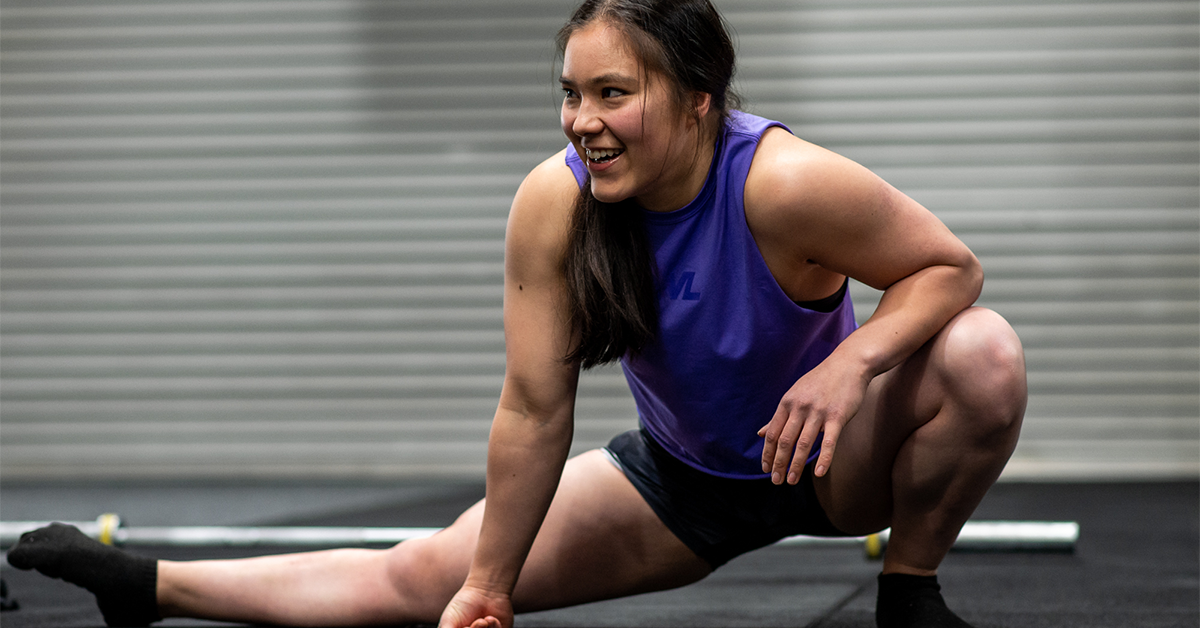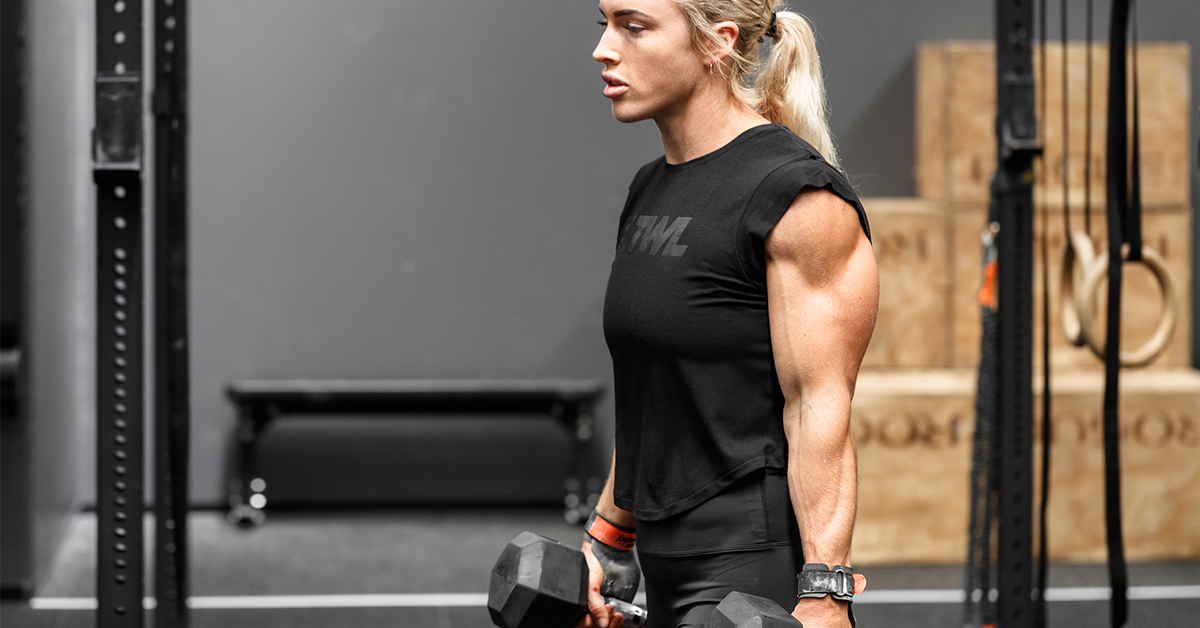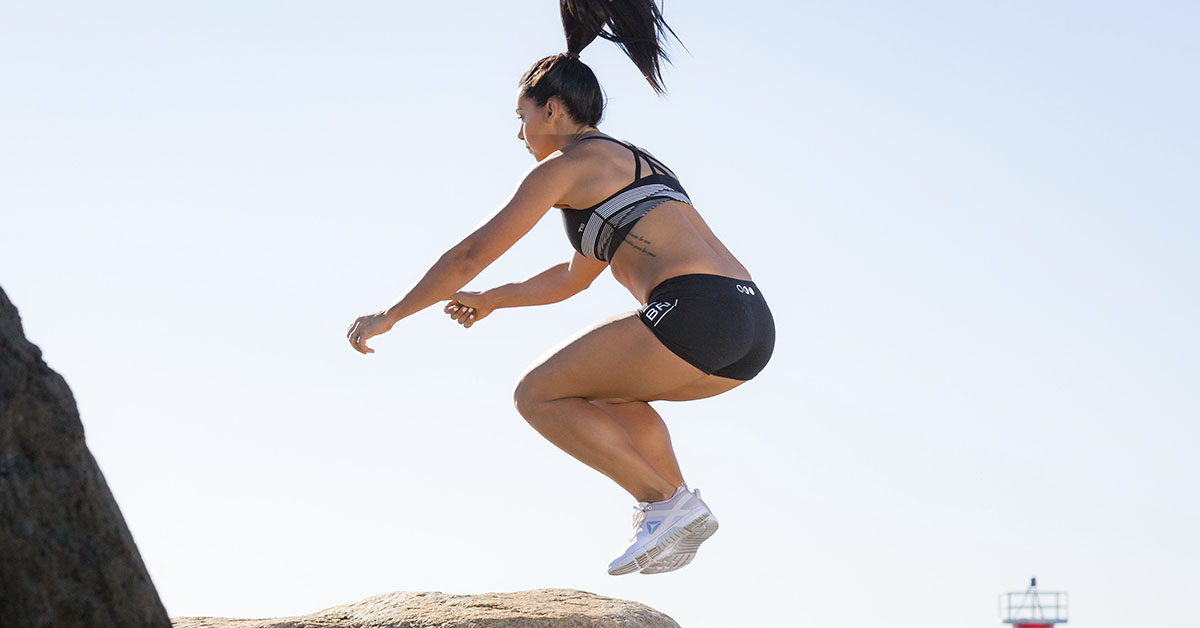High-intensity interval training, commonly referred to as HIIT, is popular amongst trainers and gyms because it’s a time-efficient way to get the body working hard. The principle is simple – pack in the execution of several intense exercises within a short amount of time, making each work out fast and effective. It sure beats a 60-minute run on a treadmill.
HIIT is a term that’s being used left and right by fitness gurus these days, so it’s important to understand the factors that make a workout truly HIIT:
- As the name suggests, the key to HIIT is intensity. It should push the body hard in a matter of minutes to achieve results.
- It’s comprised of bursts of intense exercise that are alternated with low-intensity recovery.
- There should be balanced ratios of work-to-rest for efficiency in time and calorie expenditure.
The Benefits of a HIIT Workout
- Fat loss: According to the Journal of Strength and Conditioning Research, HIIT workouts can help you burn 25% to 30% more calories as compared to cycling, running on a treadmill, or resistance training.
- Bodily strength and endurance: HIIT workouts help you increase muscle strength and boost cardiovascular endurance.
- Increased afterburn: It increases your metabolism for hours after working out, called “post-exercise oxygen consumption” (EPOC), even more than you normally would after weight training or jogging.
- Improved general health: HIIT helps to lower your blood pressure, your heart’s resting rate, and blood sugar levels.
Now that you know some of the benefits of this style of training, we’d like to offer you some examples of HIIT home workouts that require no equipment.
View this post on Instagram
3 HIIT Home Workouts to Try Today
HIIT exercises can be done in the comfort of your home, with minimal to no equipment required. As long as you have enough space to do a push-up, which is roughly the size of a yoga mat, then you can engage in full-body HIIT home workouts.
If you intend to draw up your own HIIT home workouts, be mindful to design the workouts to run between four to 10 minutes, excluding any warm-ups. And once it’s done, avoid engaging in any other strenuous activities before you’re able to rest and recharge.
To help get you started, check out our recommended HIIT home workouts below. These are simple exercises that require no fancy fitness equipment. At most, we recommend that you use a yoga mat for support and to avoid slipping when you get sweaty. But otherwise, if you’re comfortable using a towel or blanket, that’s fine too.
Shop Now
Do as many of the exercises as you can for a maximum of 10 minutes. You can do them consecutively for the recommended time or break them up into shorter sets and repeat them to fill out a 10-minute workout.
1st Workout:
- Butt Kicks (1 minute)
- Jump Squats (1 minute)
- Reverse Lunges (1 minute)
- 4 x Single-Leg Burpees, 30 seconds per side (2 minutes)
- Mountain Climber (1 minute)
- Plank Jacks (1 minute)
- Jumping Jacks (1 minute)
- Jump Squat (1 minute)
- Skater (1 minute)
2nd Workout:
- Knee Hugs (1 minute)
- Hand-Release Push-Ups (1 minute)
- Alternating Low Lunge with Rotation (2 minutes)
- Forearm Planks (2 minutes)
- Superman with Lateral Raises (1 minute)
- Jumping Jacks (1 minute)
- Star Jump (1 minute)
3rd Workout: Fewer exercises but longer execution for HIIT pros
- Butt Kicks (1 minute)
- Plyo Push-Ups (1 minute)
- Plank Jacks (2 minutes)
- Mountain Climber (2 minutes)
- Reverse Lunge (2 minutes)
- Burpees (2 minutes)
What to Consider When Making Your HIIT Home Workouts
View this post on Instagram
- HIIT workouts are best done two or three times a week with alternating rest days. The intense workout takes a toll on the muscles and cardiovascular system, so they’re not meant to be done every day. Try to allow your body one or two days to recover between sessions.
- If you’re new to HIIT home workouts, bear in mind that form is key. Don’t feel too restricted by the time limit and rush through the routine. The quality of your movements still matters. It’s better to move slowly but execute each move correctly to still work out the intended muscles and reap the benefits. Working out with incorrect form will only make you vulnerable to injury and cause you to strain the wrong muscle groups. Practice each exercise and flowing through the routine at a more relaxed pace, and then increase intensity when you’re more comfortable with the movement.
- Intensity is what matters most, not the duration of the workout. Do exercises that engage multiple muscle groups simultaneously, forcing your body to increase oxygen consumption and calorie expenditure.
Ready to amp up your workout regimen with HIIT home workouts? Make sure you have the right apparel first. Check out The WOD Life’s collections of workout clothes, shoes, equipment, and other apparel to help you make the most of every training session and achieve your personal bests. Click here to shop!

















